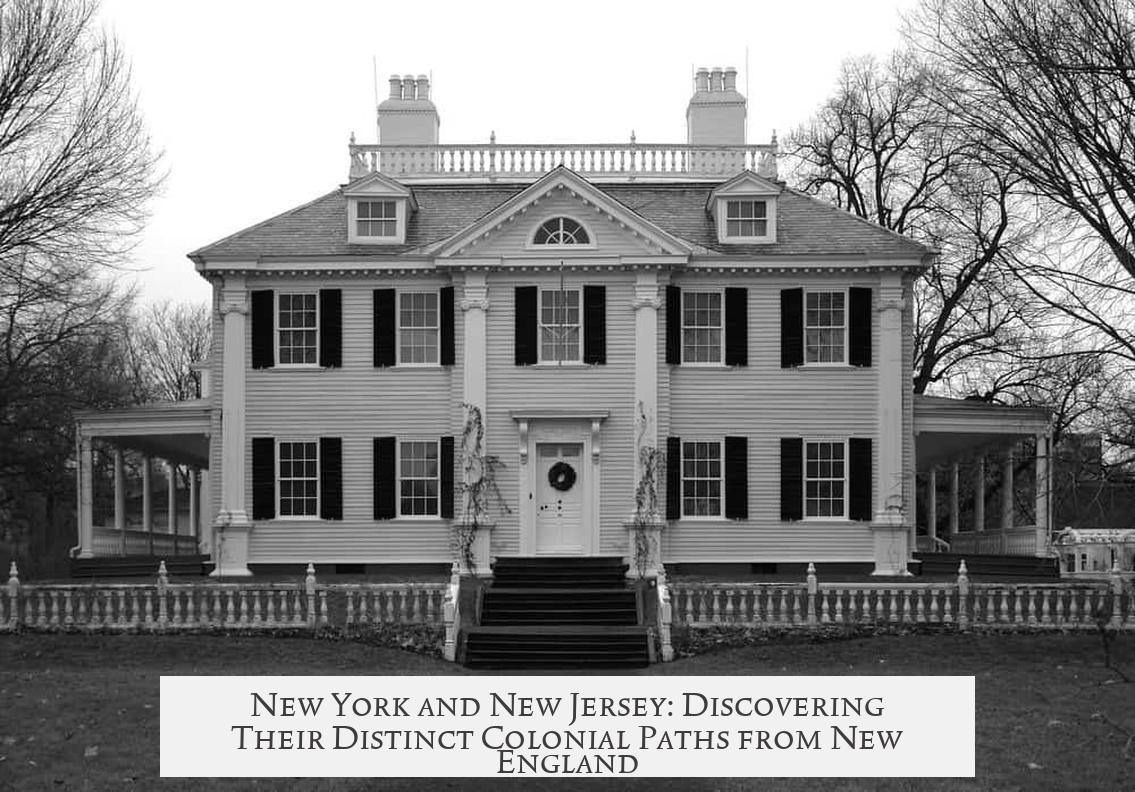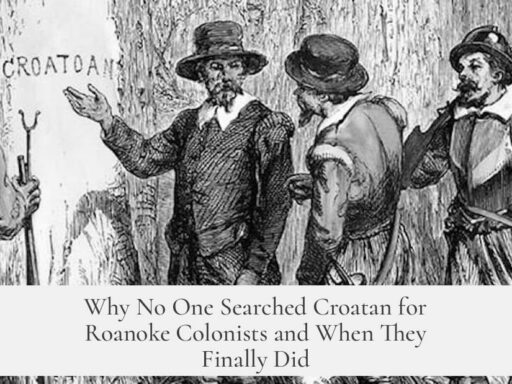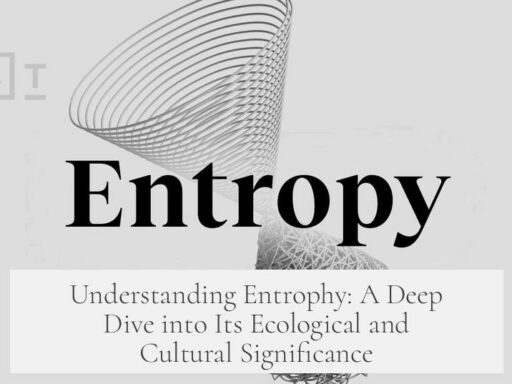New York and New Jersey are not part of New England despite their names referencing places in England because of their distinct origins, colonial history, and cultural development. Their identities stem from different colonial powers, naming reasons, and settlement patterns that set them apart from the New England colonies.
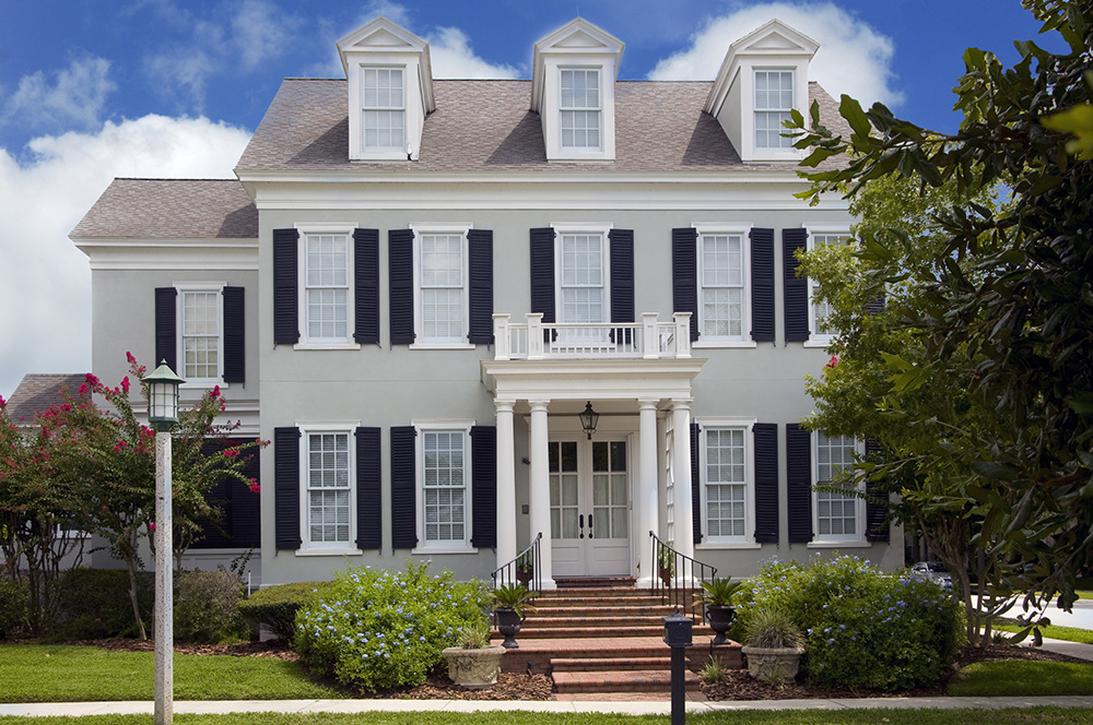
First, New York and New Jersey began as parts of the Dutch colony known as New Netherland, not as English colonies. New Netherland included areas now known as New York, New Jersey, Delaware, and parts of Connecticut, Pennsylvania, and Rhode Island. The Dutch controlled these lands until 1664, when the English seized them. Although the Dutch briefly reclaimed the territory in 1673, they ceded it permanently to England in 1674 under the Treaty of Westminster. This origin contrasts with the New England colonies, which were established earlier and under English Puritan leadership.
The naming of New York and New Jersey does involve English references but not in the same way as New England’s naming. New York was named after the Duke of York who led the English expedition that captured New Amsterdam. The Duke himself took his title from the English county of York, but the colony’s name honors the individual rather than the location. New Jersey’s name honors the island of Jersey, a Crown possession near Normandy, which remained loyal to the English Crown throughout the Civil War. Jersey was not officially part of the Kingdom of England, making the connection different from the New England colonies’ direct links to English counties and regions.

New England specifically refers to a group of colonies established primarily by Puritans from England’s Plymouth Colony and Massachusetts Bay Colony. These included Plymouth, Massachusetts (which at times included Maine), New Hampshire, Rhode Island, and Connecticut. Later, Vermont and Maine were added as states originating from or related to the original New England founding colonies. These colonies shared a common cultural and religious foundation centered on Puritan beliefs and English traditions.
In contrast, New York and New Jersey became the “middle colonies,” sharing closer ties with Pennsylvania, another middle colony. They had more diverse populations, including Dutch, English, Swedish, and indigenous peoples. Their economies, social structures, and religious makeup differed significantly from New England’s. This colonial and cultural divergence led to distinct colonial identities.
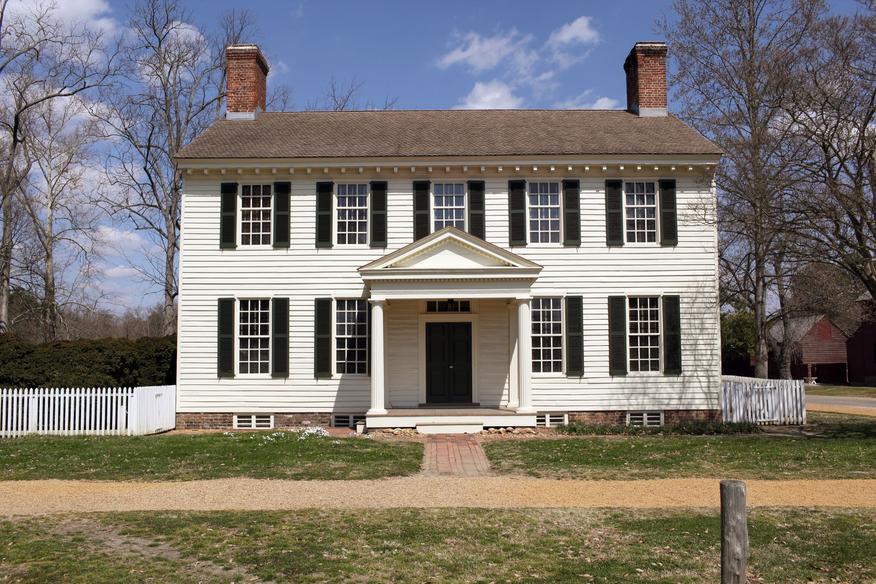
| Aspect | New England Colonies | New York & New Jersey |
|---|---|---|
| Colonial Origin | English Puritan colonies (Plymouth, Massachusetts Bay) | Dutch colony (New Netherland), English after 1664 |
| Naming Basis | Named after English regions and cities (England proper) | Named after Duke of York and Jersey island (Crown possession) |
| Cultural Roots | Puritan, English religious and social traditions | Diverse, Dutch and English influences, middle colony ties |
| Definition | Colonies originating from Plymouth and Massachusetts Bay settlements | Former New Netherland lands, separate colonial administration |
These factors explain why New York and New Jersey are not classified as part of New England. Their Dutch colonial beginning, naming after individuals and places linked to but distinct from England proper, and lack of direct connection to the Puritan-founded colonies define a different colonial legacy.
The definition of “New England” is linked to a specific colonial and cultural framework rather than merely place names or geographic references to England. The presence of “York” and “Jersey” in the names of New York and New Jersey reflects individual titles and island names tied to Crown possessions and figures, rather than alignment with the New England identity.
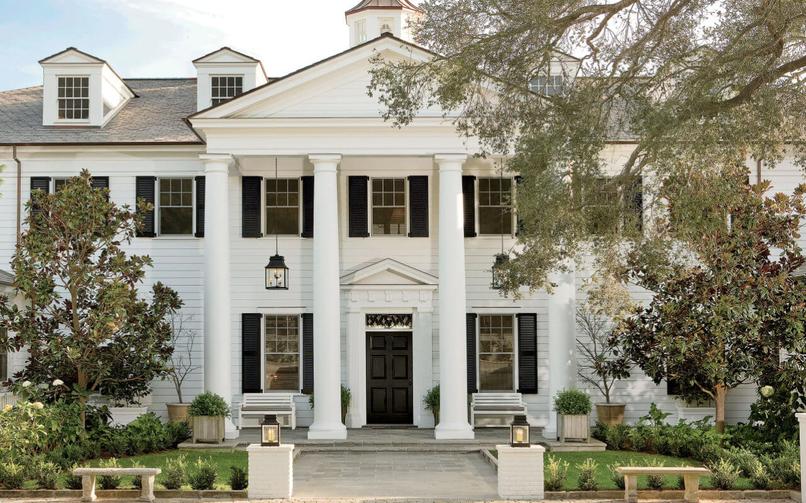
- New York and New Jersey originated as Dutch colonies in New Netherland before English control.
- They were named after the Duke of York and the Crown possession island of Jersey, not directly after the English regions.
- New England colonies began with Puritan English settlers in Plymouth and Massachusetts Bay and had shared cultural roots.
- New York and New Jersey developed as middle colonies with diverse populations and different colonial ties.
- “New England” refers specifically to colonies founded from original English Puritan settlements, not all places with English-derived names.
Why are New York and New Jersey not part of New England, when York and Jersey are in England?
New York and New Jersey are not part of New England because they originated as Dutch colonies with distinct cultural and political roots and were named after individuals and places connected differently than the Puritan-founded English colonies that make up New England. Intrigued? Let’s dig into this confusing yet fascinating colonial backstory together.
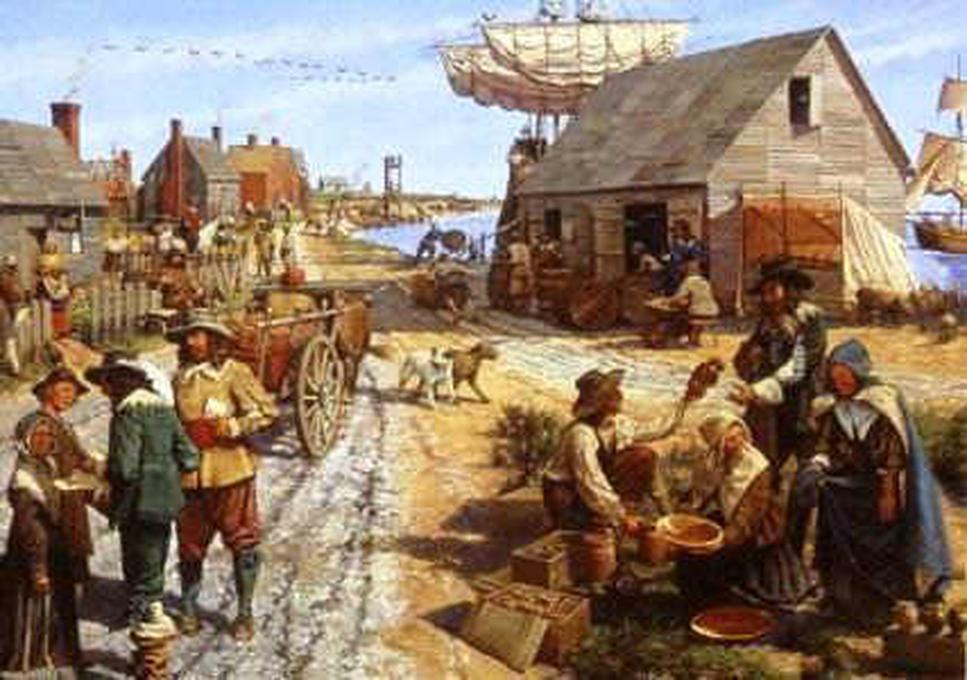
At first glance, you’d think that New York and New Jersey belong to New England, given the familiar English place names “York” and “Jersey.” But the story is far from straightforward.
New York and New Jersey: A Dutch Beginning, Not English

Contrary to popular assumption, New York and New Jersey didn’t start as English colonies. Instead, they were part of New Netherland, a Dutch settlement stretching quite widely. This colony included not just present-day New York and New Jersey, but also Delaware, most of Connecticut, and parts of Pennsylvania and Rhode Island.
New Netherland’s story reads like a colonial tug-of-war. The English seized the area from the Dutch in 1664, only to lose it briefly in 1673, and then formally gain it back in 1674 under the Treaty of Westminster. This back-and-forth explains an important distinction: while New England colonies were originally English from the start, NY and NJ’s roots hark back to Dutch control. That’s an essential piece of why they’re culturally separate.
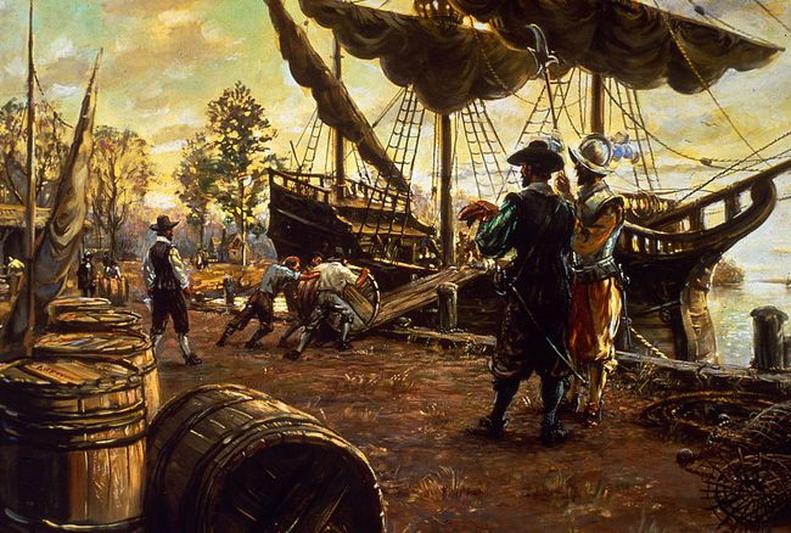
Naming Origins: Duke of York and the Island of Jersey
Names can mislead. Take New York: it’s named not for the English city directly but after the Duke of York, who led the expedition that wrested New York from the Dutch. The Duke was an English royal, later King James II—but his title was more a personal honorific than a geographic signal.
New Jersey’s name is even more interesting. It honors the island of Jersey, a Crown possession but not part of England itself. During the English Civil War, Jersey remained loyal to the Crown. Charles II was actually proclaimed king in St. Helier, Jersey. So, rather than emulating the old English counties like New England colonies did, New Jersey was named to reflect loyalty and political ties to a Crown dependency with a unique status.
What Exactly Defines New England?
New England is traditionally the land of the English Puritans. This includes the original colonies of Plymouth Plantation and Massachusetts Bay, along with New Hampshire, Rhode Island, and Connecticut. Eventually, Maine and Vermont joined the fold, but only because they directly descended from or had close ties to these original Puritan settlements.
The defining feature of New England is its cultural and religious heritage—Puritanism—and the English roots of its settlers. New England’s early settlers were English Protestants seeking religious freedom, which created a tight-knit cultural identity sharply distinguished from the Dutch-influenced Middle Colonies to the south.
Historical and Cultural Ties Place New York and New Jersey in the Middle Colonies
Contrary to being part of New England, New York and New Jersey belong to the Middle Colonies grouping. They share much in common with Pennsylvania—economically, culturally, and religiously diverse, more tolerant, and less tied to Puritanism.
This lineup of colonies formed a different cultural cluster. The Middle Colonies were more religiously varied, with Quakers, Lutherans, Catholics, and others settling alongside the English. By contrast, New England was distinctly Puritan. This key divergence grilled the region’s identities into separate historical paths.
Why Names Don’t Tell the Whole Story
It may be tempting to think the simple name-sharing means a geographic or cultural link, but history rarely works that way. New York’s link to the Duke’s title and New Jersey’s connection to an island crown dependency, neither of which were part of England proper in the same way as the New England colonies, shows how political circumstances shape naming conventions more than direct territorial lineage.
Put simply: New York and New Jersey are named after political figures and places associated with royal favor or authority, distinct from the settlers who created New England’s Puritan colonies. So, “York” here is about a duke, not the English county, and “Jersey” refers to an island with its unique Crown status, not England itself.
What Can We Learn from This Colonial Puzzle?
- Colonial Origin Shapes Identity: Dutch origins set New York and New Jersey apart from English Puritan colonies in New England.
- Naming Can Reflect Politics, Not Geography: Names often honor people or places in politically symbolic ways, not simply reflecting direct colonial descent.
- Cultural and Religious Roots Matter: New England’s Puritan foundation created a distinct social fabric, unlike the Middle Colonies’ diverse makeup.
- Colonial Boundaries Evolve with Treaties: The shifting control between Dutch and English highlights fluid territorial claims in early America.
Street signs wouldn’t be the same if all colonies adopted names solely from English geography, would they?
In Conclusion: A Tale of Two Colonies’ Unique Histories
So why exactly are New York and New Jersey not part of New England, despite their names? Because their histories don’t fit the New England story. They were Dutch, not English, colonies first. Their names come from a duke and a unique Crown possession, not the English counties linked with the Puritan settlers. Their culture and alliances placed them in the Middle Colonies, distinct in identity and development.
Understanding this reveals how colonial America was a tapestry of diverse cultures, powers, and politics—not a straightforward inscription of English place names onto the New World map.
Next time you hear “New England,” think Puritans. When you see New York or New Jersey, remember the Dutch man’s legacy and a loyal Channel Island’s pride. History sure loves to keep us on our toes!

